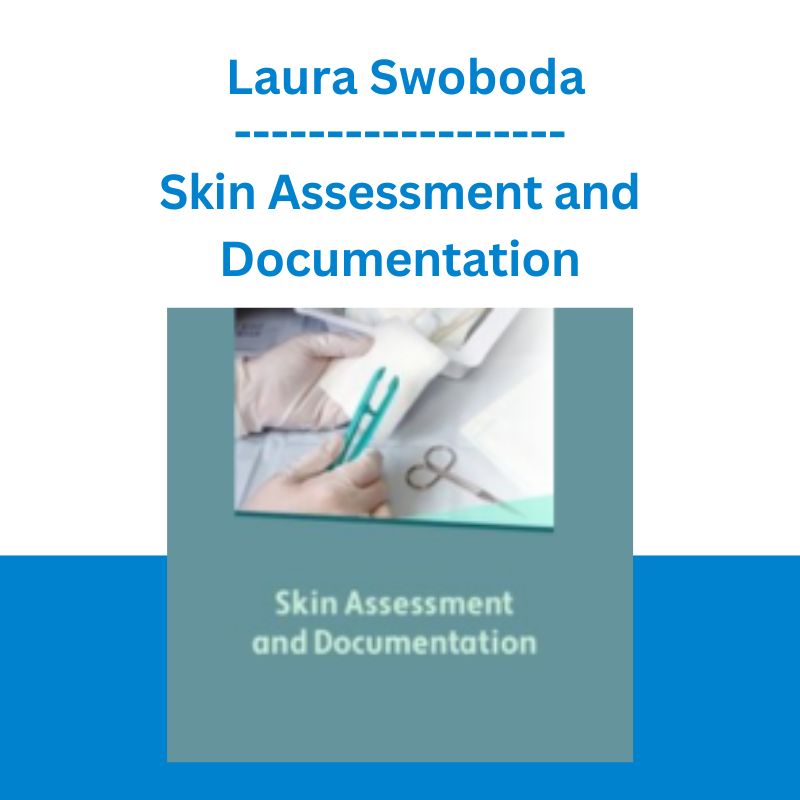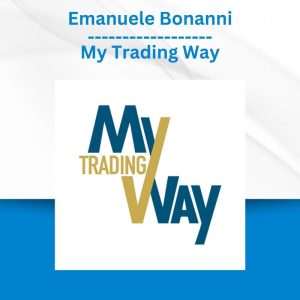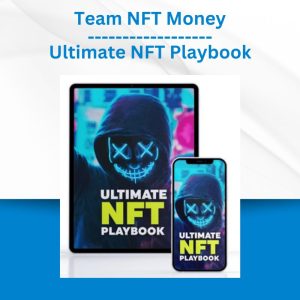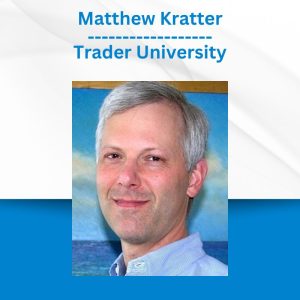*** Proof of Product ***
Exploring the Essential Features of “Skin Assessment and Documentation – Laura Swoboda”
Wound assessment and documentation are important components of a patient encounter. The wound assessment guides treatment. Documentation of that assessment informs the patient and treatment team, is a legal record, and help support the coverage for supplies and advanced therapies. A thorough wound assessment is the foundation of wound care, a critical skill for all healthcare professionals.
Speaker
Laura Swoboda, DNP, APNP, FNP-BC CSWCN-AP®, is a professor of health sciences, family nurse practitioner, and certified wound specialist in Milwaukee metro, Wisconsin. Dr. Swoboda is on the National Pressure Injury Advisory Panel (NPIAP)’s Prophylactic Dressing Standards Initiative Task Force, a member of the editorial board for the Wound Care Learning Network and Wound Management and Prevention, and on the board of directors for the Wound, Ostomy, and Continence Nursing Certification Board (WOCNCB) and the Association for the Advancement of Wound Care (AAWC).
Speaker Disclosures:
Financial: Dr. Laura Swoboda has employment relationships with The Healing Institute and Medical College of Wisconsin. She receives a speaking honorarium and consulting fee from Histologics, Hartmann, Convatec, Aroa, AOTI, Innovacyn, Solventum, Smith & Nephew. Dr. Swoboda receives a speaking honorarium and recording royalties from PESI, Inc. All relevant financial relationships with ineligible organizations have been mitigated.
Non-financial: Dr. Laura Swoboda serves on the board of directors for the Association for the Advancement of Wound Care and the Wound Ostomy Continence Certification Board. She is an editorial board member of Wound Care Learning Network. Dr. Swoboda previously was a consultant for Essity and Innovacyn.
Objectives
- Describe the anatomy and physiology of the skin as they relate to skin function.
- Explain age specific changes in skin and skin function.
- Identify types of skin damage and phases of wound healing.
- List components and findings of wound assessment.
Outline
Anatomy and physiology of the skin as they relate to skin function.
- Review wound healing process
- List and describe types of tissue damage
- Describe where wounds become stalled
Age specific changes in skin and skin function
- Considerations of skin changes and wound/ tissue types
Components and findings of wound assessment
- How to measure a wound
- Tissue types
- Periwound
- Drainage
- Wound edges
- Wound types
Target Audience
- Occupational Therapist
- Occupational Therapy Assistant
- Physical Therapist
- Physical Therapist Assistant
- Registered Nurse
- Licensed Practical Nurse/Licensed Vocational Nurse
- Certified Nurse Assistant
- Medical Assistant
- Nursing Home Administrator
- Nurse Practitioner
- Podiatrist
- Physician Assistant/Associate
Please see the full list of alternative group-buy courses available here: https://lunacourse.com/shop/









